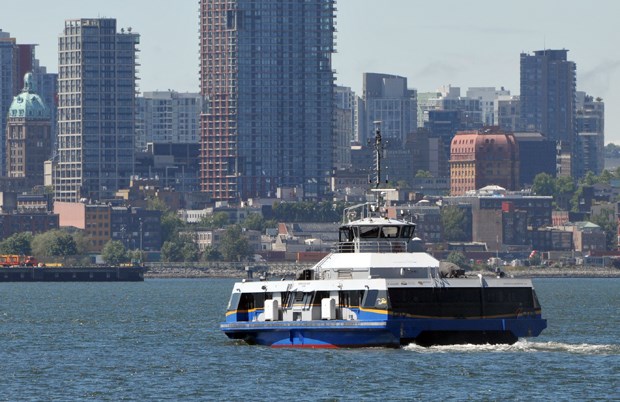The North Shore News is publishing two stories focusing on the Yes and No campaigns in the TransLink plebsicite. Make sure to read both. Scroll to the bottom for a link to the No vote.
Forget executive salaries. Forget fare gates. Forget poodles. None of those things are on the ballot.
The only question that’s being asked of Lower Mainland voters in the TransLink funding plebiscite is whether they approve funding an investment that will make it easier to get around, fuel economy and increase quality of life for Lower Mainland residents. That’s the message from two of the region’s most respected experts on city planning.
The impact of a growing bus fleet, light rail in Surrey, a Vancouver subway line, another SeaBus and more bike lanes and road improvements would be “transformative and inspirational,” in the words of Brent Toderian, Vancouver’s former chief city planner and a consultant sought around the world.
“What this transit investment would mean is a more successful, a healthier, a more sustainable, a more affordable and a more socially equitable region,” Toderian said.
“That’s the power of the ripple effect of better movement.”
More than 100 groups representing business interests, labour, the environment, tourism, seniors, students, cycling and poverty reduction have recognized that and signed on to support the yes vote, added Gordon Price, director of Simon Fraser University’s city program.
“We’re really good at building transit-oriented communities and getting the benefits of them. That’s the reason we continue to rate so highly as a livable city,” Price said. “We can do more of that. We can give people more choices. The system can be better. It can serve more people and it can serve them with higher frequency.”
The thrust of the No campaign has been from the Canadian Taxpayers Federation, a group whose raison d’etre is limited to lowering taxes, not the movement of goods and people around the Lower Mainland, Price noted.
And the cost of what’s being proposed is far less than what it would cost to try to solve the region’s transportation woes by building more roads and bridges — probably about five times less, Price said.
“It’s such a great deal for 35 cents,” he said with a laugh. “Not only do you get a nice package of transportation improvements, but you get to shape the region for yourself and your kids and the next generation in a way that actually improves the quality of the economy, the environment, livability no matter what mode of transportation you take.”
And Price warned the region is going to continue to grow, whether voters approve the half per cent sales tax increase or not.
“I think there’s an illusion here that there’s going to be a maintenance of the status quo and we’ll live with what we’ve got. Not with another million people, we won’t,” Price said. “It’s very straightforward. Here is the package. Here is the money and the mechanism. If you vote no, what then? Well, nothing happens. No buses are ordered. No planning proceeds. The growth doesn’t stop but decisions have to be made. . . . We’ll be living with consequences that no one is saying should be our future — more congestion.”



